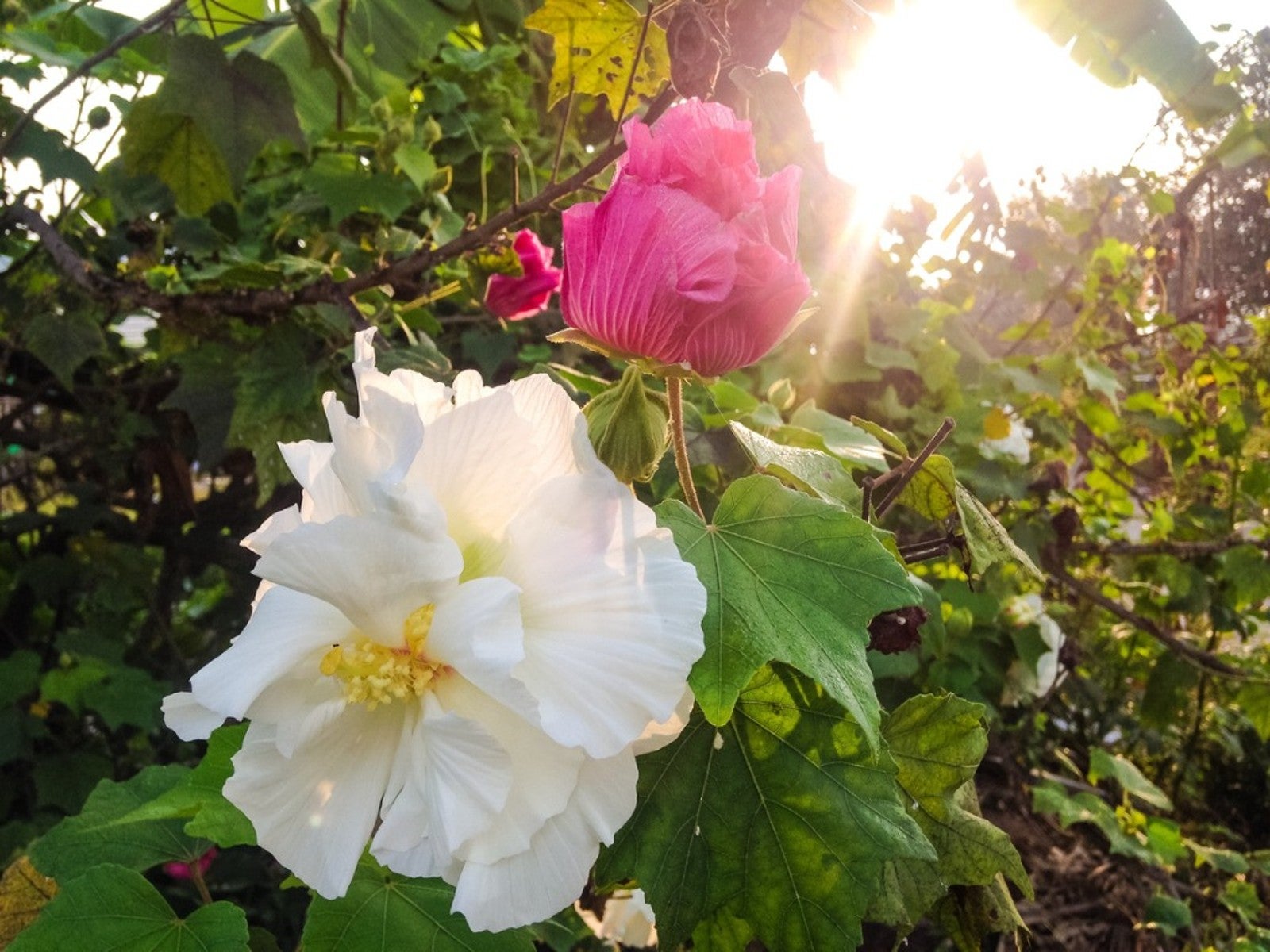Types of Flowers That Change Color Naturally


Diversity among annual and perennial flowering plants abounds. Bright, vibrant color is of vital importance to cut flower farmers, landscapers, and ornamental flower gardeners. Depending upon the flower type, special plant pigments can greatly influence the way light is reflected and how our colorful gardens may be perceived. Some flowers may even change colors over the course of the growing season. By understanding the basics of color changing flowers, gardeners can learn to plan stunning, ever-changing landscapes.
Why Do Flowers Change Colors?
Three main types of plant pigments exist: anthocyanins, carotenoids, and betalains. Though these pigments are directly related to the visible colors in plants, the entire process which determines plant and flower color is quite complicated. Even cellular differences between plants can have a pronounced impact on color. Outside influences can also be a major factor which will affect plant color. This includes temperature, soil type, and even plant stress.
Color changing flowers are often the result of soil conditions within the garden. Most notable are flowers that change color with soil pH. Specific species of hydrangea are best known for having this unmistakable attribute. While hydrangeas grown in acidic soils produce brilliant true-blue blooms, more alkaline soils may result in flowers that are shades of bright pink.
Making use of color changing flowers in the landscape is an easy way to add interest to perennial flower beds as well. While these types of flowers most often occur on various types of shrubs and bushes, some annual and perennial flowering plants also change color. Many color changing flowers shift in hue as their blooms age and mature. One such example of this is Hibiscus mutabilis. This species of hibiscus produces white flowers, which then change to shades of pink. Throughout the season each shade of flower can be found on the plant, making it exceptionally ornamental.
Color changing roses are also quite common. Low growing lantana is another good choice for flower beds. This plant’s unique, multidimensional blooms can also be attributed to each floret’s ability to morph color as it matures. Lantanas are exceptionally popular with hummingbirds, butterflies, and other beneficial insects.
Sign up for the Gardening Know How newsletter today and receive a free copy of our e-book "How to Grow Delicious Tomatoes".

Tonya Barnett has been gardening for 13 years. Flowers are her passion. She has transformed her backyard into a cut flower garden, which she regularly chronicles on her YouTube channel http://www.youtube.com/@tonyawiththeflowers.